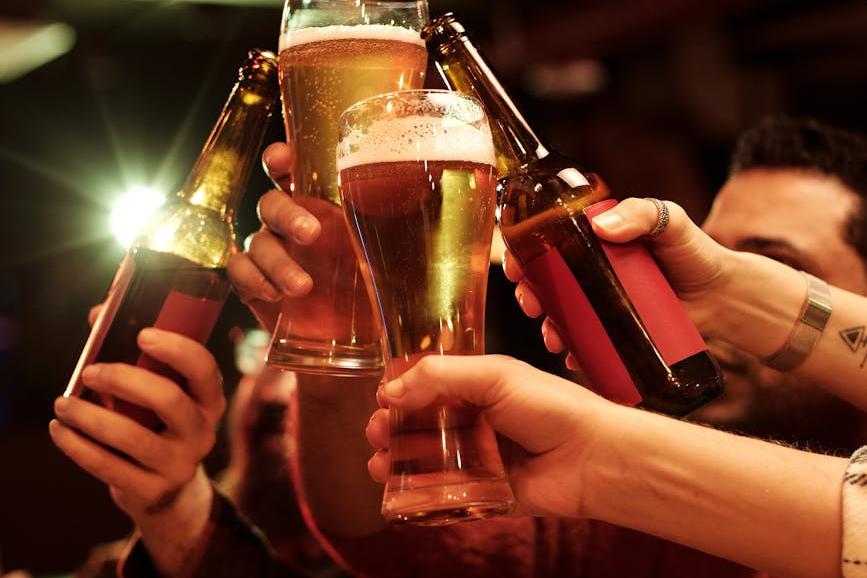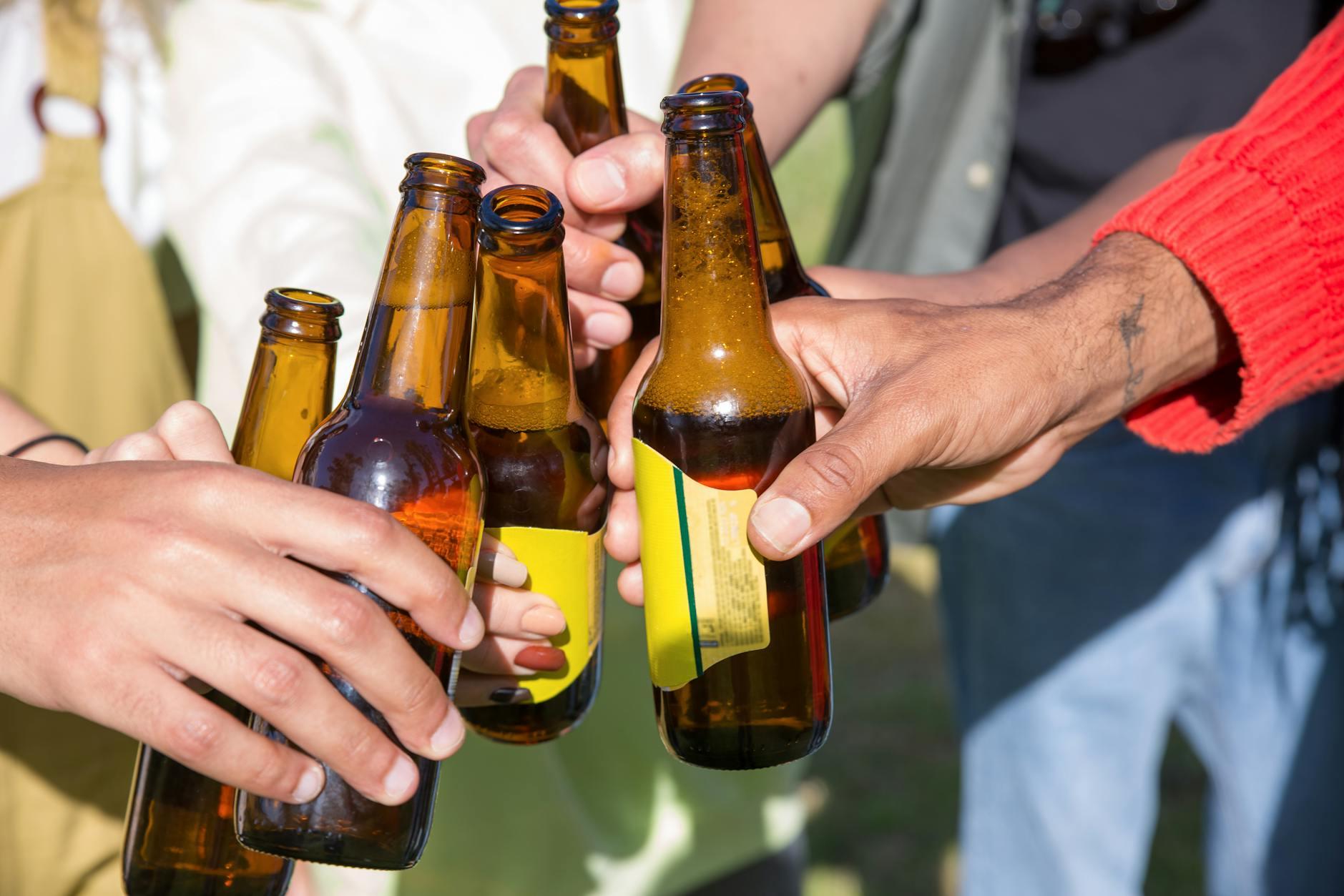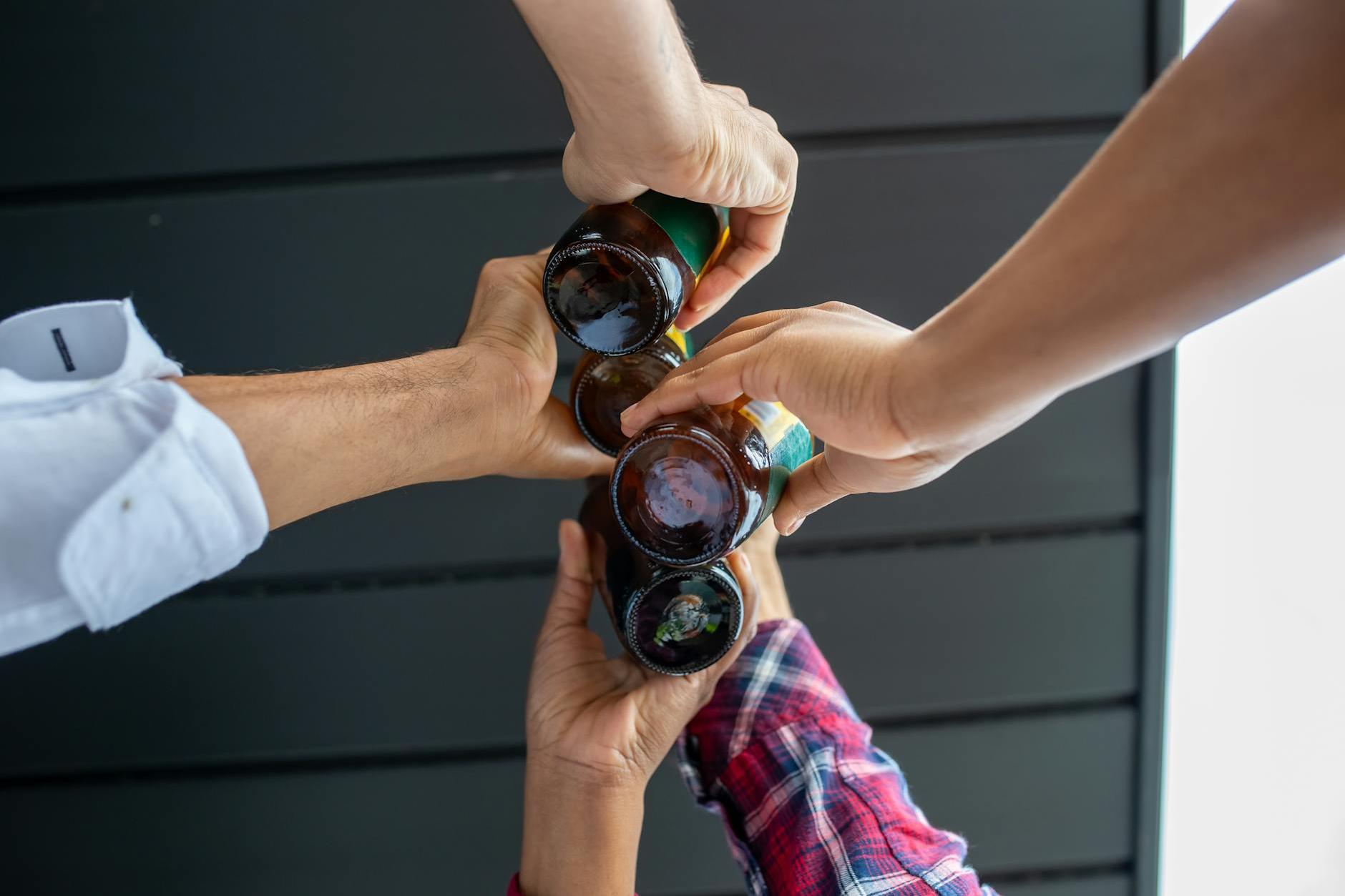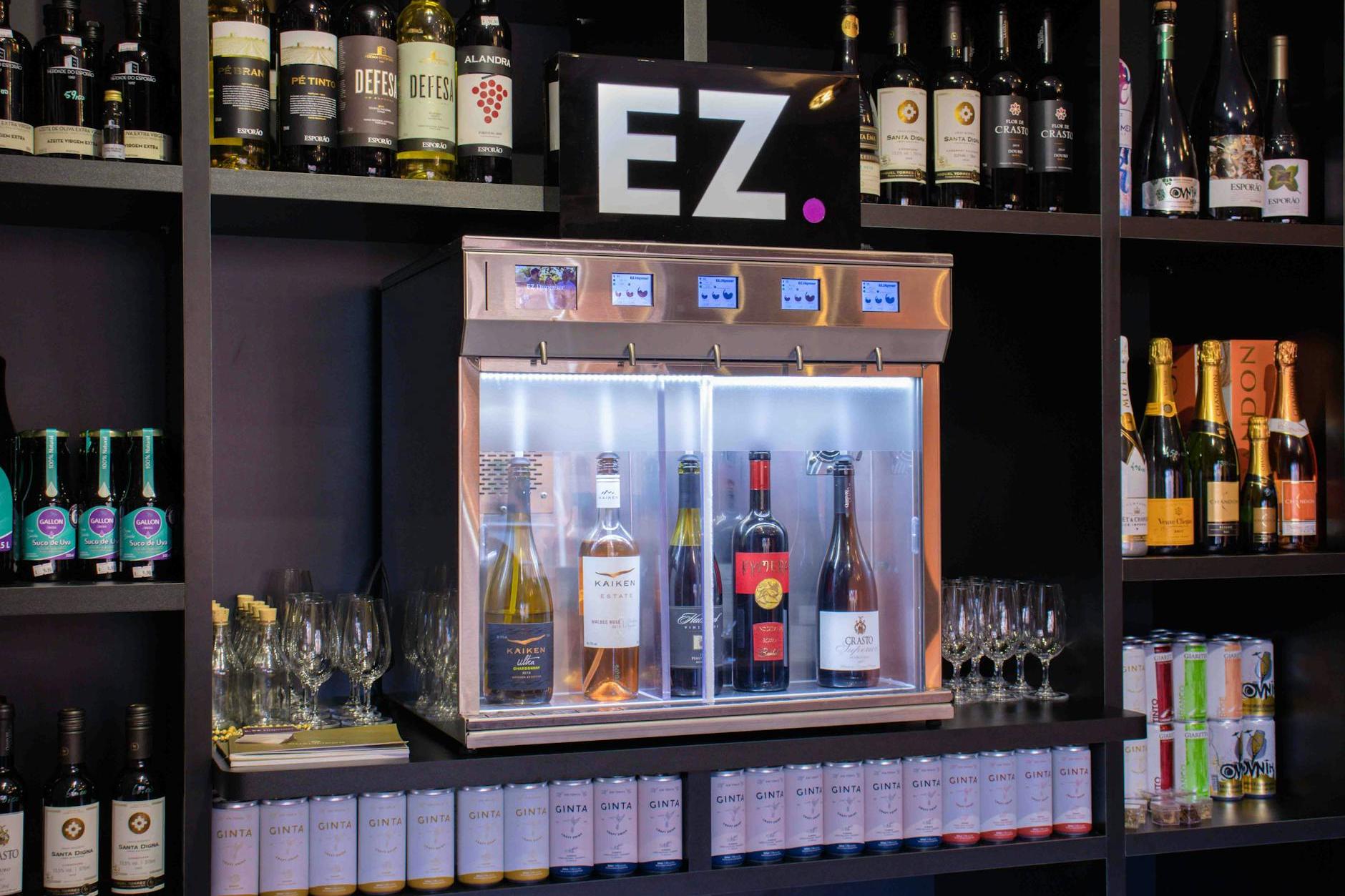- 20 Years of Expertise in Import & Export Solutions
- +86 139 1787 2118
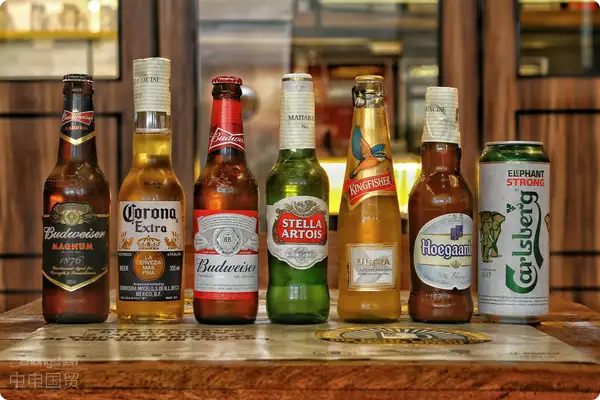
When German Dark Beer Meets Chinese Customs—My Three "Beer-Soaking" Lessons
In 2019, when representing Belgian Trappist beers, I personally witnessed an entire shipment of IPAs being returned due to the labels not indicating "contains wheat ingredients." In 2022, while handling the import of German craft beers, a shipment worth 300,000 RMB was left with half its shelf life expired due to customs clearance delays. These hard-earned experiences, paid for in real money, are now condensed into four practical takeaways:
1. Qualification review is not just "paper talk."
An importer once consulted me with the documentation of a Spanish brewery certified under ISO 22000, yet overlooked the most crucial production license (missing BRC certification). When selecting an agent, it is essential to verify:
- Dual-certificate verification:
- Registration and filing number of overseas manufacturers in China (can be verified on the website of the General Administration of Customs)
- Registration Certificate for Overseas Manufacturers of Imported Food (issued by CNCA)
- Special categories:
- Lactose-containing wheat beer requires an additional allergen test report.
- An alcohol business license is required for alcoholic beverages with an alcohol content ≥10% vol.
II. The "Time Trap" in the Customs Clearance Process
In 2023, a certain Japanese draft beer suffered a 40% depreciation in cargo value due to customs clearance delays, with the issue lying in:
- The Chinese back label does not include the wording "Not Ready-to-Drink."
- The unit for malt concentration is incorrectly labeled (Plato degrees °P should be used).
the evidence chain preservation strategyPre-trial form system: Complete the label pre-review 15 days before the shipment of goods to avoid the risk of port rectification.
III. The "Temperature Mysticism" of Cold Chain Logistics
A Belgian brewery requires transportation at a constant temperature of -5°C, but the lowest temperature zone in domestic port cold storage is 0°C. We addressed this byThree-stage temperature control solutionSolution:
| Transportation Section | Temperature requirements | Device configuration |
|---|---|---|
| Ocean shipping | -5℃±1℃ | Self-powered refrigerated container with generator set |
| Temporary storage at port | 0℃±2℃ | Independent cold storage zoning |
| Inland distribution | -2℃±1℃ | Dual-temperature zone refrigerated truck |
IV. The "Hidden Formula" of Tax Calculation
Taking the import of 1,000 cases of German beer (500ml/bottle, 10% vol) as an example:
- Tariff =Dutiable value × 10% (MFN rate)
- Value-added tax =(Dutiable value + Customs duty) × 13%
- Consumption tax =0.5 yuan/liter (levied on a quantity basis)
An importer mistakenly included the weight of cartons in the dutiable value, resulting in an overpayment of taxes amounting to 23,000 yuan. It is recommended to request the agent to provide...Itemized Billing Statement.
Three Common "Professional Pitfalls"
- "Tax-inclusive" quotation:Underreporting prices in practice carries the risk of subsequent audits.
- "Fast Track Clearance" Commitment:It may use gray customs clearance channels.
- "All-inclusive service":It often does not include hidden costs such as label rectification and container detention fees.
Finally, let me share a real case: In 2024, when we helped a client import Czech craft beer, pre-testing revealed an alcohol content deviation of 0.8%vol (the national standard allows ±0.5%vol). By adjusting the customs declaration, we avoided the entire shipment being returned. Choosing an agent is essentially purchasingRisk prevention and control capabilityRather than a mere service quotation.
Recommended for You
? 2025. All Rights Reserved.
